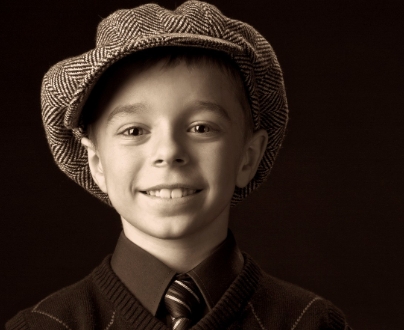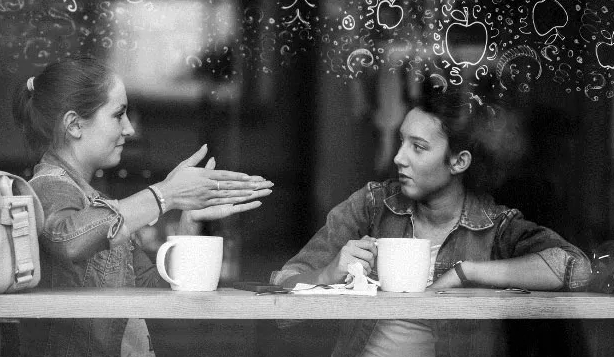Capturing Timeless Beauty: The Art of Classical Portrait Photography
The art of classical portrait photography is a timeless practice that captures the true essence and beauty of a subject. From the positioning of the subject to the lighting and composition, each element of a classical portrait photograph is carefully curated to showcase the subject in their best light.
Setting the Stage: Creating the Perfect Environment
The first step in creating a classical portrait photograph is setting the stage. This involves selecting a location that complements the subject and creates a beautiful backdrop for the photograph. Whether it’s a natural outdoor setting or a studio with carefully designed props, the environment plays a crucial role in capturing the subject’s beauty.
Posing with Precision: Showcasing the Subject’s Best Features
Once the stage is set, the next step is posing the subject. Classical portrait photographers focus on capturing the subject’s unique features and personality through their body language and facial expressions. By carefully directing the subject’s movements and positioning, the photographer can showcase their true beauty and essence in the photograph.
Playing with Light: Creating Depth and Dimension
Lighting plays a vital role in classical portrait photography. By playing with light and shadow, photographers can create depth and dimension in the image, highlighting the subject’s features and bringing them to life. Whether it’s soft, natural light or dramatic, artificial lighting, the right lighting can enhance the subject’s beauty and create a stunning portrait.
Composition and Framing: Telling a Story Through the Lens
In classical portrait photography, composition and framing are essential elements in telling a story through the lens. By carefully arranging the elements within the frame, photographers can create a visually appealing and aesthetically pleasing image that captures the subject’s beauty and personality. From the rule of thirds to leading lines, each compositional technique adds depth and meaning to the photograph.
Editing and Retouching: Enhancing the Final Image
After capturing the perfect shot, the final step in classical portrait photography is editing and retouching. By carefully enhancing the colors, contrast, and clarity of the image, photographers can create a polished and flawless portrait that highlights the subject’s timeless beauty. From subtle tweaks to more extensive edits, the editing process helps bring the photograph to its full potential.
In conclusion, classical portrait photography is an art form that showcases the timeless beauty and essence of a subject through careful composition, lighting, and editing. By following these key steps and techniques, photographers can capture stunning and impactful portraits that stand the test of time.



